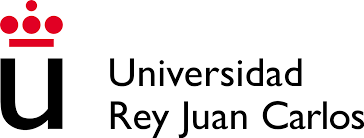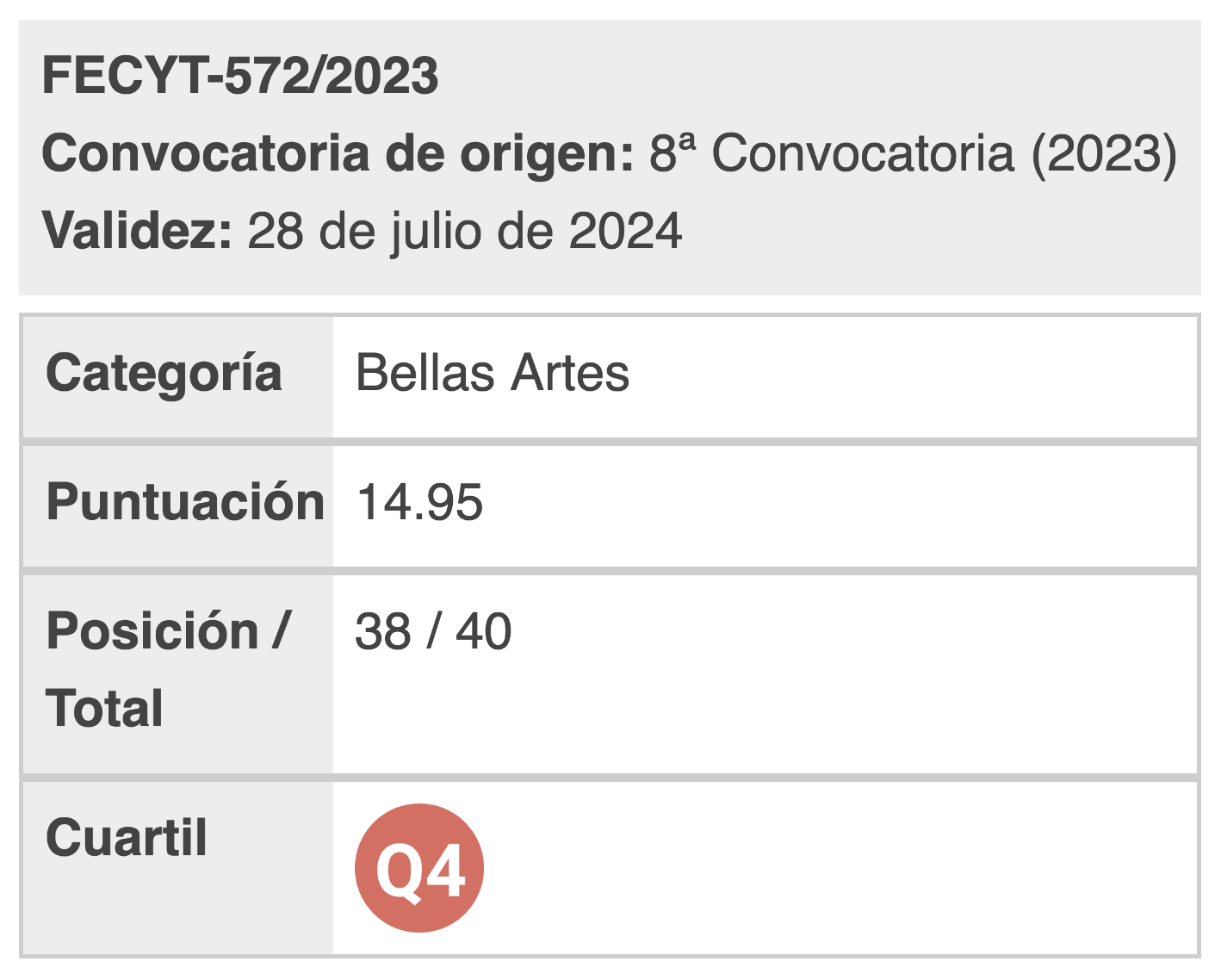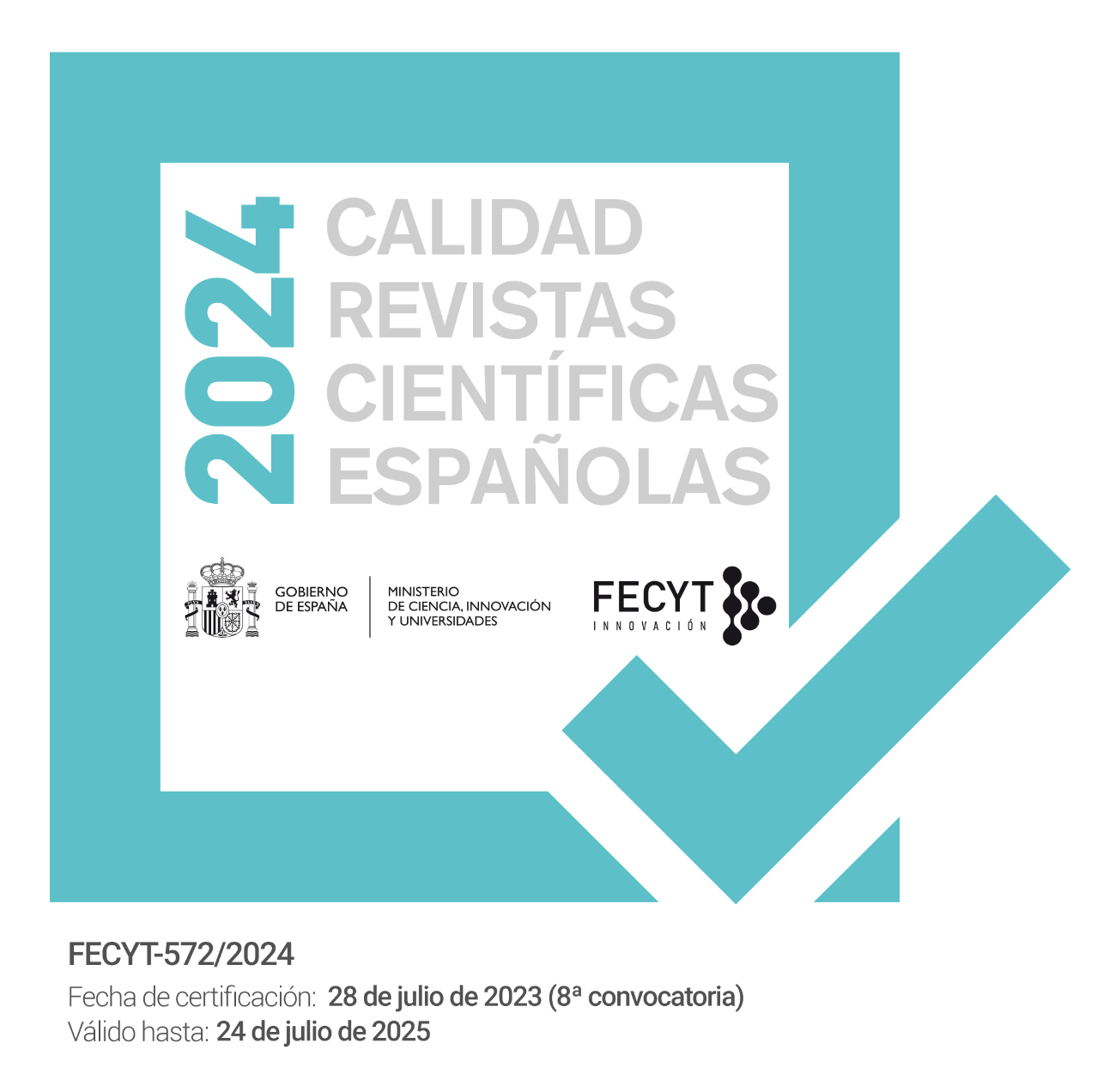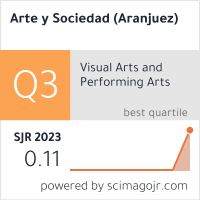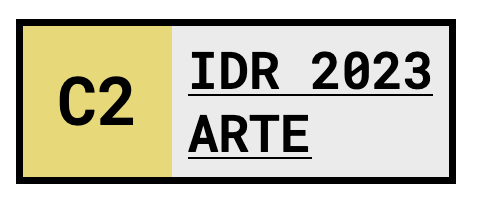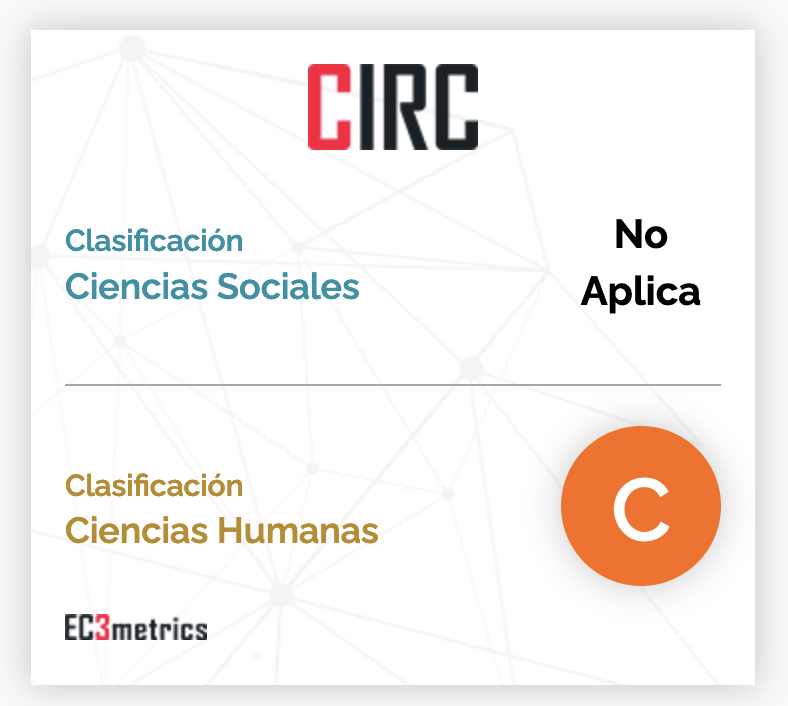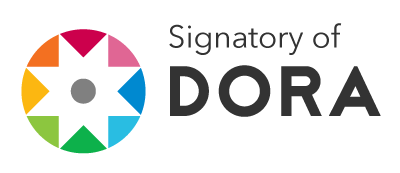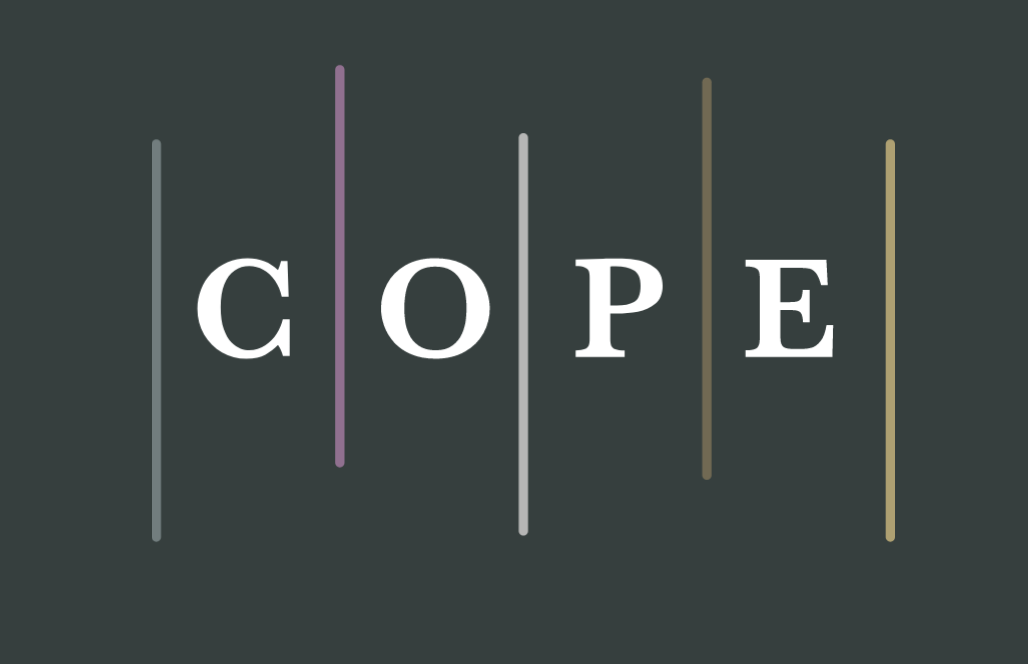The architecture of digital imaging
DOI:
https://doi.org/10.5281/zenodo.7656742Keywords:
Image, Code image, Format, Data, Metadata, Preservation, Transcodification, PresentationAbstract
What is image? Around the concept of image there has been speculation that man used one image to refer to another, from the very birth of language. The image has dematerialized, transcoded, discretized, datified, codified, and floods all spaces: real and virtual. It is necessary to understand the architecture of the image, not only to represent but also for its permanence.
References
Ballart, J. (1997) El patrimonio histórico y arqueológico: valor y uso. Ariel.
Brea, J.L. (2010) Las 3 eras de la imagen: imagen-materia, imagen-film, e e-image. Akal.
Edmondson, R. (2002). Memory of the World General Guidelines to Safeguard Documentary Heritage, rev. ed., UNESCO, Paris. https://unesdoc.unesco.org/ark:/48223/pf0000125637 (Fecha de consulta: 5-5-2019)
Hunt, R. (1952) Light and dark adaptation and the perception of color. JOSA 42 (3),190-199.
Jiménez, J. (2004) Teoría del arte. Tecnos.
Manovich, L. (2006) El lenguaje de los nuevos medios de comunicación. Paidós, pp. 72–82.
Melgosa, M., Pérez, M.M., Yebra, A., Huertas, R. y Hita, E. (2001) “Algunas reflexiones y recientes recomendaciones internacionales sobre evaluación de diferencias de color”. Óptica pura y aplicada, 34 (1), 1–10.
Yendrikhovskij, S. (2002) “Image quality and colour categorization”. En MacDonald, L., Luo, R., (Eds.). Colour Image Science: Exploiting Digital Media. Chichester: John Wiley, pp. 393–419.
Yendrikhovskij, S., Blommaert, F., De Ridder, H. (1999) “Color reproduction and the naturalness constraint”. Color Research & Application, 24 (1), pp. 52–67.
Pereira, J. (2013) “Digitalización y documentación del patrimonio de la divulgación a la preservación: de la divulgación a la preservación. Una aproximación al control de calidad en la gestión del color”. En Conservación de Arte Contemporáneo: 14a Jornada, febrero 2013, pp. 55–64.
__________. (2019) “El control de calidad en la digitalización de bienes culturales”. Revista PH [en línea], vol. 95. En: https://cutt.ly/c2Puzry.
__________. (2017) “Nuevas perspectivas en la documentación gráfica de arte rupestre”. KOBIE. Redescubriendo el arte parietal paleolítico. 16, pp. 41–50.
Puglia, S., Reed J., Rhodes, E. (2005) “Technical guidelines for digitizing archival materials for electronic access: Creation of production master files–raster images”. U.S. National Archives and Records Administration (NARA).
Taleb, N.N. (2014) Antifrágil. Las cosas que se benefician del desorden. Paidós Transiciones.
Stevens, J.C. y Stanley S.S. (1963) Brightness function: Effects of adaptation. JOSA 53, (3), 375-385.
Van Dormolen, H., Gillesse, R., Reerink, H, Langendoen, A. (Eds.) (2007). Metamorfoze preservation imaging guidelines. Koninklijke Bibliotheek: National Library of the Netherlands.

Published
How to Cite
Issue
Section
License

This work is licensed under a Creative Commons Attribution 4.0 International License.
You are free to:
Share — copy and redistribute the material in any medium or format.
Adapt — remix, transform, and build on the material for any purpose, including commercial.
Attribution — You must properly acknowledge the authorship, provide a link to the license, and indicate if any changes have been made.
You may do so in any reasonable manner, but not in any way that suggests that you endorse or receive any endorsement by the licensor for your use.
No additional restrictions — You may not apply legal terms or technological measures that legally restrict you from doing what the license allows.

